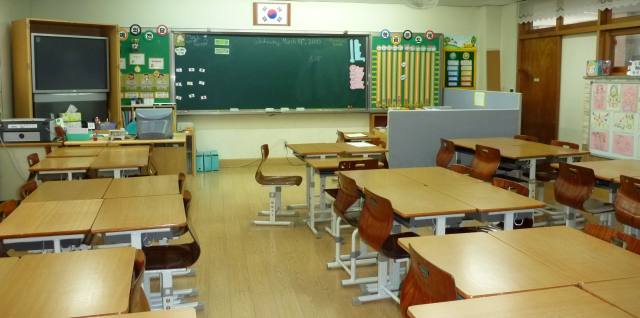The Department for Education released figures earlier this month which indicate that the Isle of Wight tops the tables (out of 150 other Local Authorities) for having the largest secondary schools in England.
Not only that, but the Island is second highest for the number of surplus places in primary schools.
Against the national picture of insufficient places in primary schools due to past birth rates, it would be interesting to know why the IW figure is so low.
Could it be parents are sending their children to the private sector, choosing home education or young families are moving off Island due to employment prospects.
Correlation between size and attainment?
Parent and member of the Children and Young People Scrutiny Panel, Dave Miller, will be posing a question on the subject tonight to council leader David Pugh, one of the architects of the school reorganisation.
He’ll be asking:
Figures released this month from the DfE show the Island has the largest average secondary school size of all Local Authorities in the country (average places = 1615.5), and that the surplus places in the primary sector is second highest of the 152 LAs (18.3% surplus places). It was reported that the number of secondary admission applications for September 2013 was 1181(in 2012: 1268, and prior to reorganisation 1336).
Does the leader, in light of the above figures, consider that the school reorganisation resulted in a commissioned system where there may by an inverse correlation between average size and attainment (and the drop in numbers partially due to more parents turning to private education, home schooling, or moving off the Island), and could he explain why we have such a large surplus (a metric previously cited as a reason for reorganisation) when nationally there are reported to be a shortage of places?
*(Isles of Scily & City of London apparently have no maintained/academy secondary schools, hence difference between 150 and 152).
Image: Kitty Marie under CC BY 2.0



